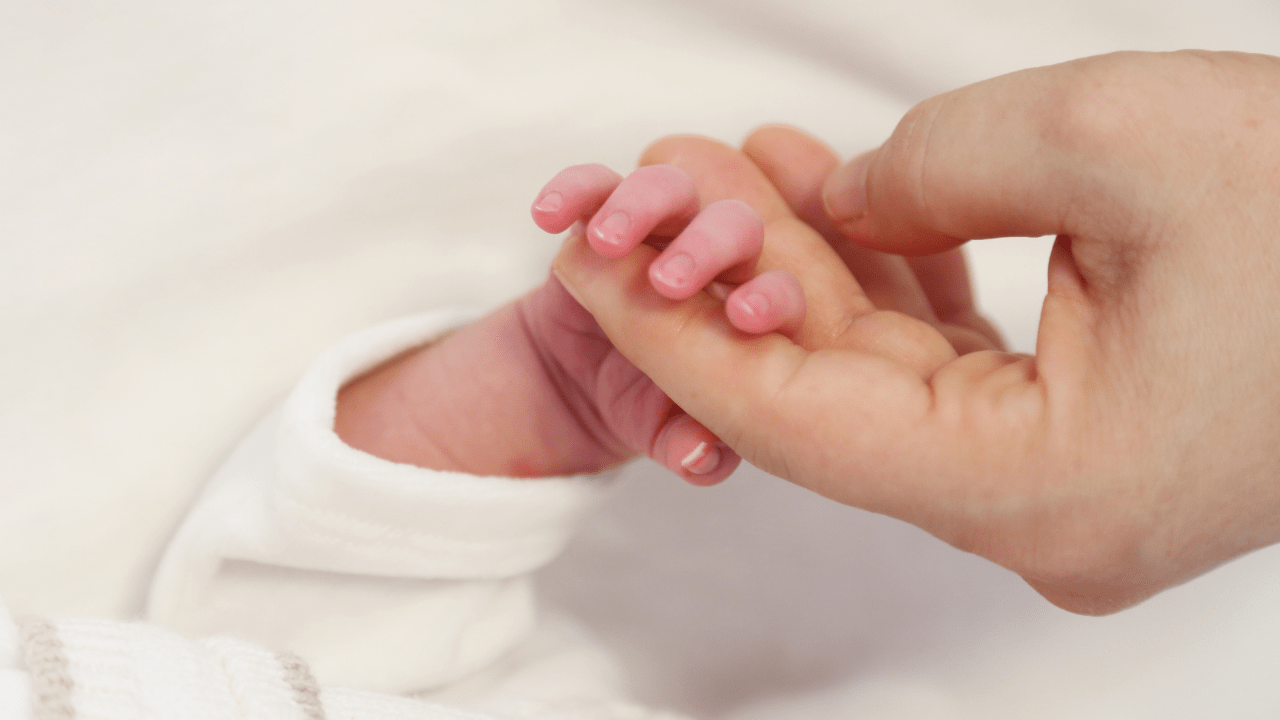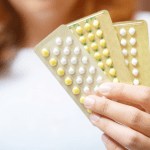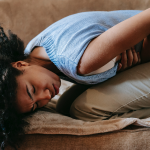During your birth, you might sustain a tear which may or may not need stitches.
There are four different types of perineal tears. First degree tear it’s usually involves the skin and doesn’t need any stitches. A second degree tear, this is slightly deeper, involves some layers of the muscles around the perineum. The third and fourth degree tears – these are more extensive and involve the tear extending into your back passage, which is your anus.

These types of tears are repaired by the doctor in an operating room with spinal anesthetics or a one off injection into your back for effective pain relief. Having a referral to a specialist like a physiotherapist to promote optimal healing afterwards is often common.
What is an episiotomy? An episiotomy is a cut made to your perineum by your midwife or your doctor with your consent and generally after a local anesthetic has been used to numb the area or if you have a epidural, you won’t need the local anesthetic.
The purpose of performing an episiotomy is to widen the vaginal opening and enable your baby to be born more quickly. This may be required if your baby is showing signs of distress and needing to be born, or to enable an assisted birth with forceps where not performing an episiotomy may result in a more extensive tear.

There are other types of tears or trauma. Some women may sustain other damage to their vulva in addition to or instead of a perineal tear. Labial tears are tears to your labia minora, the fleshy folds of the vulva that extend from your clitoris and around the opening of your vagina. Urethral tears are uncommon and involve tearing around the urethra, the opening from which the urine comes out of. If you sustain a urethral tear, it’s likely that you’ll need a catheter, which is that soft tube being certain to the urethra to keep your bladder emptying and this will keep you comfortable.
Grazes to your vulva, vagina and your perineum are quite common. These will not require stitches as only the skin is damaged, but can feel quite stingy for the first few days stitches. If stitches are required, your midwife or doctor will be able to do the stitches for you after the placenta has been delivered. These are usually done in the birth room under a local anesthetic. Unless you have sustained a third or fourth degree tear and you will need repair in the operating room.

So, what can you do? Sitz baths offer a number of benefits during postpartum period. They’re known to increase blood flow to the perineal area, which reduces swelling and inflammation and promotes healing. They also relax the perineum, which can relieve the pain of a tear or an episiotomy. I have another video on the sitz baths and more information about it.
Did you also know that a physical therapist can actually help you with your recovery as well? Specifically, seeing a pelvic floor physical therapist, because that’s the area we’re dealing with. A pelvic floor PT can help you create an individualized treatment program to help you improve your recovery postpartum.








